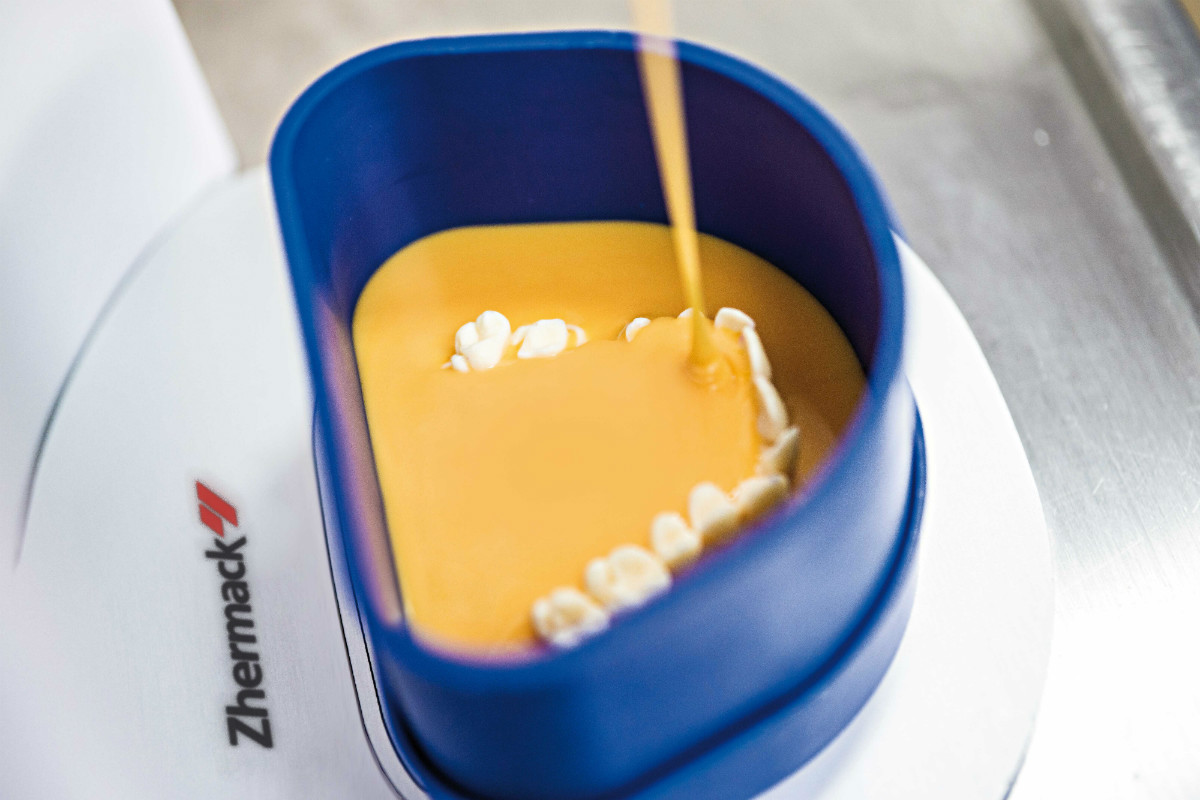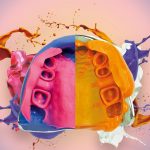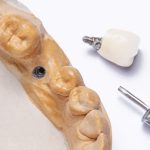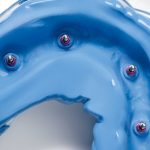
Duplication of the gypsum model is a useful process, sometimes even irreplaceable, in certain dental processes, for instance when there is a risk of damage (even at anatomic detail level) or if it is useful or necessary to make changes during the modelling of the manufactured product. This way, you very simply avoid having to take new impressions.
Having several copies at your disposal can also come in handy for archiving the clinical case, a practice which makes it possible to complete the care plan log and it retains its value from a medical-legal perspective, especially when irreversible treatments have been completed compared with the impression taking baseline.
Although several techniques are available, conceptually the procedure consists in taking an impression of the master model, on which the preparation material is then cast.
Some of the materials used for duplication include hydrocolloids, which are split up into three types.
Non-reversible materials (typically alginates)
The use of alginate makes it possible to use a procedure that constitutes an alternative to master model duplication. Starting with the original impression, provided the latter is not clearly damaged following the master model casting, a second impression can be prepared, which could presumably be less precise.
Reversible materials (gelatins)
Unlike alginate which, once mixed with water sets in a irremediable manner after a few minutes, gelatins constitute reusable thermoplastic materials, since they return to their fluid form upon heating. These products are above all used to create coating models (duplicates of the master in a refractory material) on which to mould the basic structure of the skeleton in wax.
Addition silicones
As things currently stand, these materials provide higher performance levels in terms of precision. This is confirmed by a study conducted by Eriksson in the field of fixed prostheses, which underlines how the discrepancy is higher after 24 hours. On the other hand, no significant differences are found between the two types of hydrocolloids.
This doesn’t put them in competition with the above materials, but it simply directs their use in a different way, also in light of other aspects (not least the cost). Specifically, the use of silicones for impressions is advisable when there is a need for extremely detailed copies, for instance when creating Maryland bridges or for the duplication of abutments for auro galvan crowns.
Hydrocolloids constitute a valid compromise, with a particular focus on preservation. In this regard, more recent studies seem to tip the scales for these materials too.
Do you want more information on Zhermack Dental products and solutions?
Contact us



 Zhermack SpA has been one of the most important producers and international distributors of alginates, gypsums and silicone compounds for the dental sector for over 40 years. It has also developed solutions for the industrial and wellbeing sectors.
Zhermack SpA - Via Bovazecchino, 100 - 45021 Badia Polesine (RO), Italy.
Zhermack SpA has been one of the most important producers and international distributors of alginates, gypsums and silicone compounds for the dental sector for over 40 years. It has also developed solutions for the industrial and wellbeing sectors.
Zhermack SpA - Via Bovazecchino, 100 - 45021 Badia Polesine (RO), Italy.


